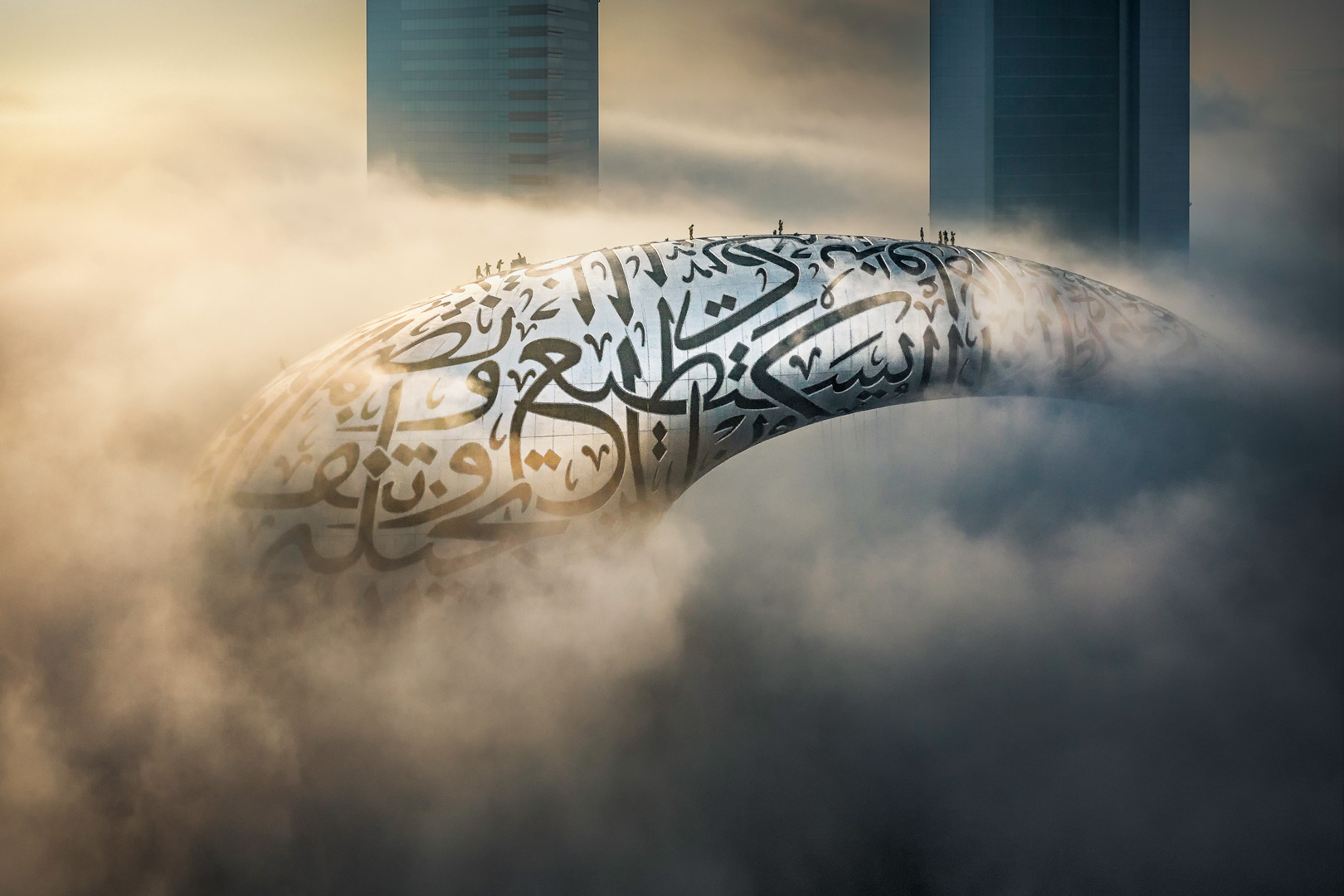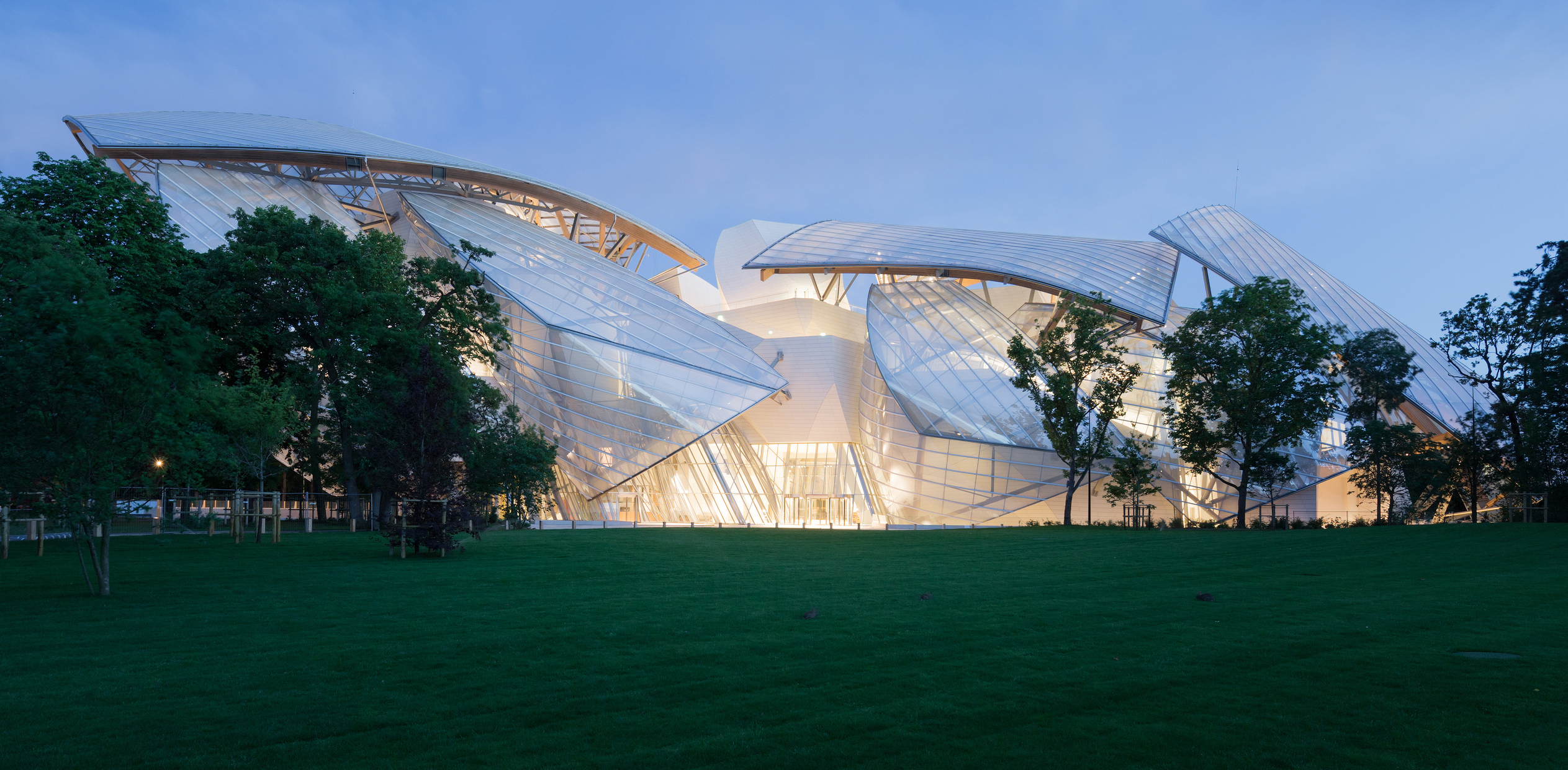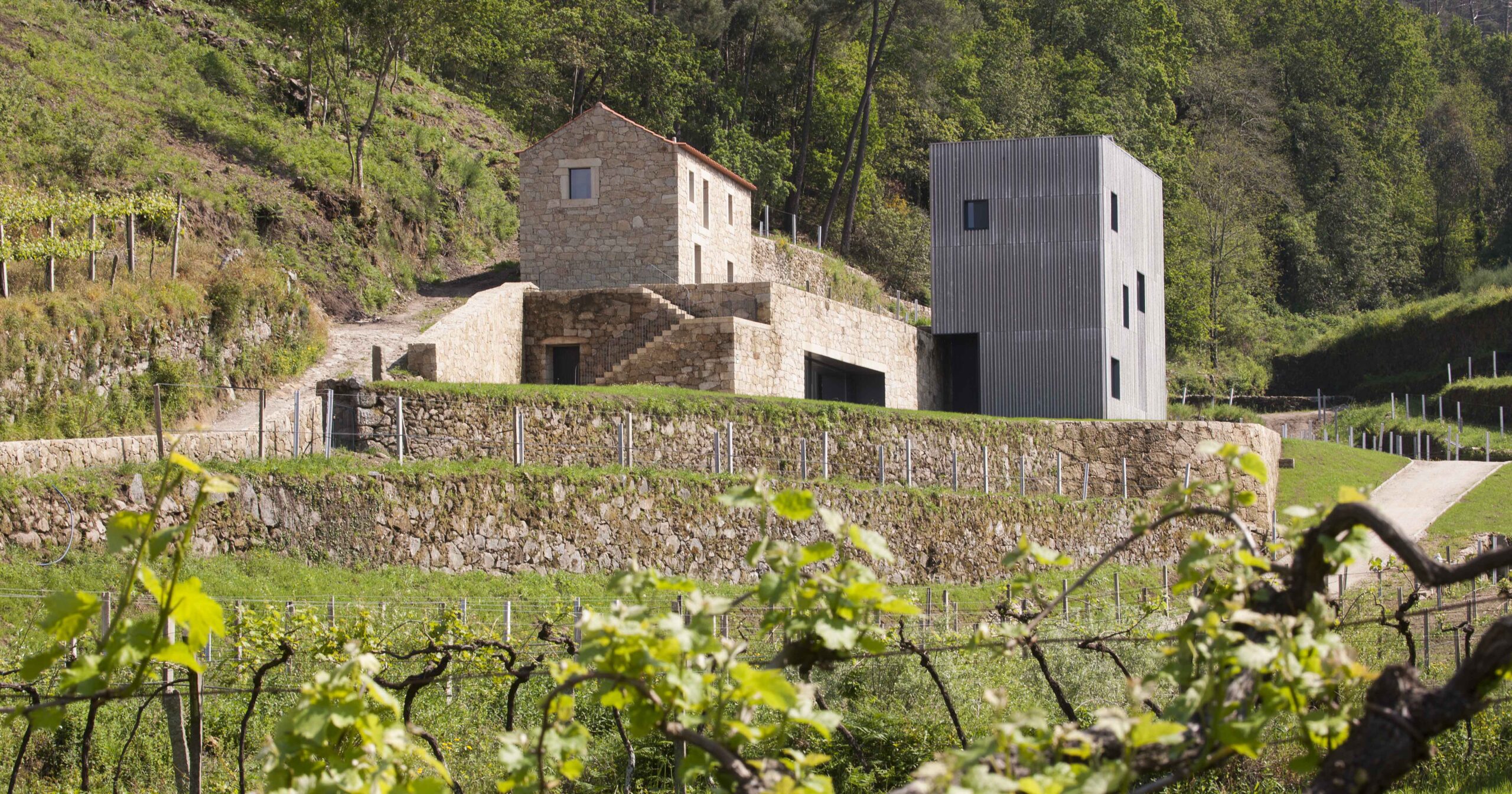Architizer's new image-heavy daily newsletter, The Plug, is easy on the eyes, giving readers a quick jolt of inspiration to supercharge their days. Plug in to the latest design discussions by subscribing.
Museums are not innocent buildings; they have always come with their own controversies and faults. Worldwide, the history of museums has always been intertwined with larger histories of colonialism, slavery, extraction, exploitation and capitalism. Museums are there to exhibit not only art and history but also power and dominance. That being said, the positive impact museums have had on societies throughout time is not to be dismissed, with museums standing as beacons of inspiration and technology, celebrating human civilization and the different advancements and achievements in science and arts.
The root of the word museum has been explained using a number of theories, the most popular of which have linked the word with the Greek word μουσεῖον (mouseion), which means “seat of the muses,” highlighting the strong connection between museums and their ability to inspire — however that inspiration manifests. Another theory links the word museum to the Latin word museum, which means “a place or repository for collecting and preserving things,” putting more emphasis on the function of the building and what it is expected to do.
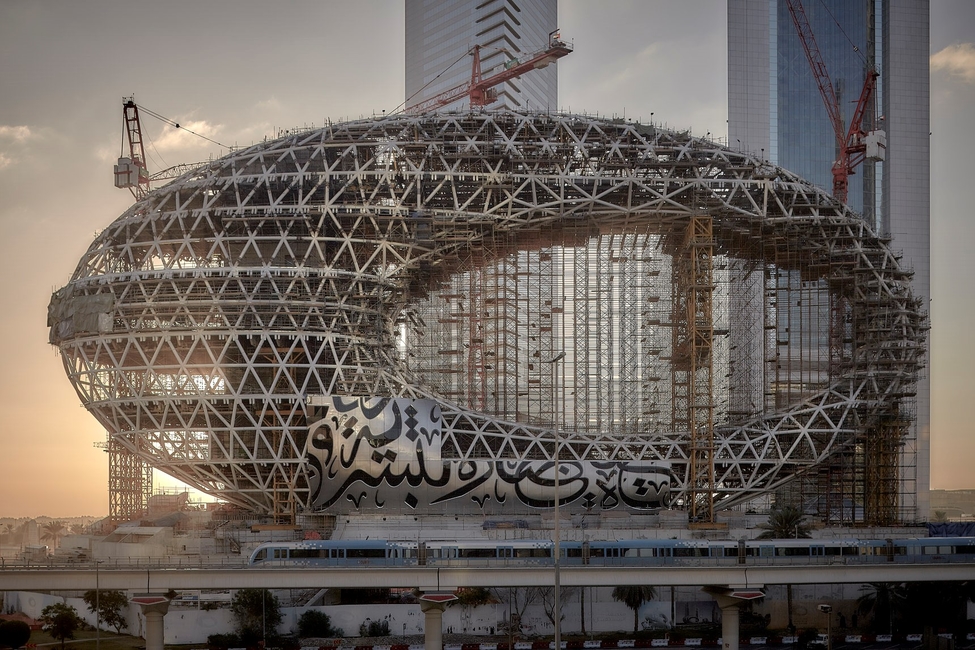 The element of time plays a huge role in museums, with a large number of museums setting the stage for the past to unfold by exhibiting items from earlier times, showcasing material expressions of a nation’s history that have played a role in shaping its national identity and items that exemplify key moments in its development. In that sense, a large number of museums give their visitors the chance to travel back in time, to look into the past, to get an idea of how things were and what life looked like before.
The element of time plays a huge role in museums, with a large number of museums setting the stage for the past to unfold by exhibiting items from earlier times, showcasing material expressions of a nation’s history that have played a role in shaping its national identity and items that exemplify key moments in its development. In that sense, a large number of museums give their visitors the chance to travel back in time, to look into the past, to get an idea of how things were and what life looked like before.
In Dubai, the Museum of the Future, as its name suggests, looks forward, offering its visitors the opportunity to experience life, as it will become.
Considered a relatively young nation, having gained its independence in 1971, the United Arab Emirates does not have a deep history to delve into, but for the past few decades has sought to present itself to the world as a rapidly developing country, finding its place on the international map as innovative and pioneering in many fields.
Architecture in the UAE, by extension, and museums in specific, can only be expected to do the same, crafted with the most developed technologies and advanced architecture, carrying the names of some of the world’s most renowned architects, such as Ateliers Jean Nouvel, who designed the Louvre Abu Dhabi, and Moriyama & Teshima Architects who designed Etihad Museum.
 More recently, The Museum of the Future opened its doors to the public in 2022, designed by Killa Design architects and engineered by Buro Happold engineering consultancy, exemplifying the country’s futuristic vision and eagerness to stand out, defining itself through breaking records and achieving rankings, both on a regional and international scale. The daring project scooped an A+Award in 2021 as the Popular Choice Winner in the Architecture +Engineer category.
More recently, The Museum of the Future opened its doors to the public in 2022, designed by Killa Design architects and engineered by Buro Happold engineering consultancy, exemplifying the country’s futuristic vision and eagerness to stand out, defining itself through breaking records and achieving rankings, both on a regional and international scale. The daring project scooped an A+Award in 2021 as the Popular Choice Winner in the Architecture +Engineer category.
What stands out about the building is its iconic torus shape and bold use of Arabic calligraphy on the exterior, with huge Arabic words looking like they are inked into the building’s skin, with a design that was only made possible through employing some of the most advanced and complex technologies. For designing and executing both the façade and the structure, the designing team benefited greatly from the use of parametric design tools and BIM technologies, which allowed the design process to stay true to the museum’s name and aspirations to push design limits and reach new levels of innovation. On the inside, the museum promises to transport visitors to the year 2071, through an immersive sensory experience that gives visitors the chance to travel to colonies on the moon and witness the impact of climate change on the planet.
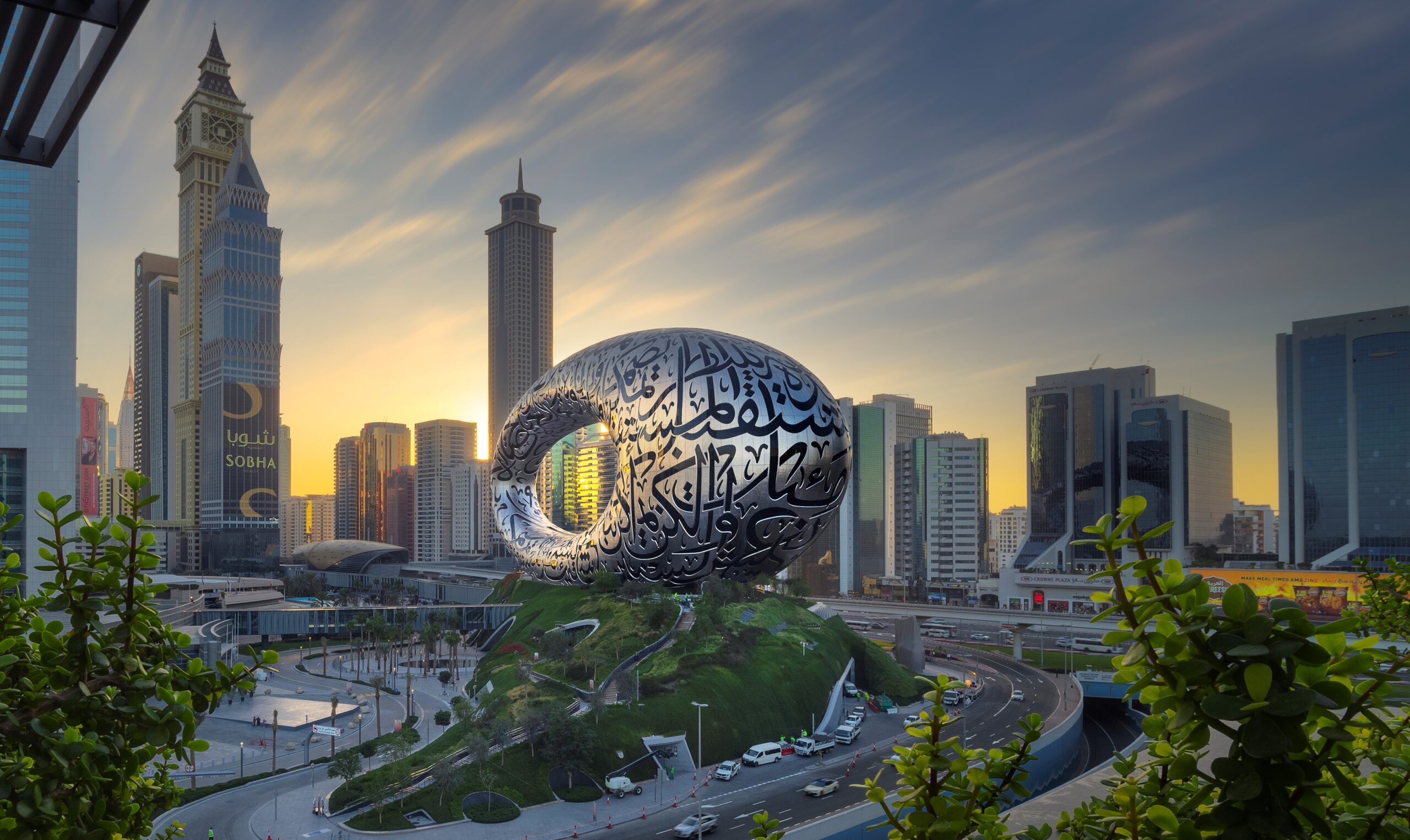
Photo by Ahmad Alnaji.
With a heavy reliance on virtual technologies for its exhibitions, the Museum of the Future is transformative and dynamic, ready to quickly respond to the newest shifts and emerging trends of its time, defining itself through its adaptability, high level of tolerance and responsiveness to change. The building exterior serves as a canvas on which the museum’s vision has been explicitly spelled out: we are part of a new era and we strive for a place on the world map and a spot in the future.
If museums are repositories for collecting and preserving things, then the things in the Museum of the Future are ideas, not very material in nature but also as important, there to be temporarily preserved until the next big thing comes along — or until challenged and dismantled. If museums are believed to be seats of the muses, then in this one, rich sensory stimulation and futuristic time travel are what promise to become that muse, if it’s a person’s preferred cup of tea.
In Dubai, things need to be extravagant and very loud to be noticed and heard, amidst a sea of achievements and groundbreaking projects, and for the Museum of the Future to be able to claim its place among the crowd and to secure its continued relevance in the future after the buzz dies out, it had to go all in — and it did.
Architizer's new image-heavy daily newsletter, The Plug, is easy on the eyes, giving readers a quick jolt of inspiration to supercharge their days. Plug in to the latest design discussions by subscribing.
